Your feature must make a splash, whether introducing a brand-new addition or refining an old favorite. Enter the knockout announcement email—the perfect opportunity to reengage past users, delight current ones, and attract new fans.

But here’s the thing: There’s no one-size-fits-all approach. Your feature announcement should match your product’s vibe and cater to your users’ preferences. Need guidance on crafting that attention-grabbing email? We’ve got you covered with strategies tailored to every type of update.
From determining importance levels to targeting the right audience, we outline a SaaS feature launch’s key elements that command attention. Let’s dive in.
What is a New Feature Announcement Email?
For product updates, the new feature announcement takes center stage as your frontman—the voice that shines a spotlight on your latest and greatest offerings. It’s your chance to inform both loyal fans (active customers) and those who may have drifted away (churned users) about the exciting new developments your product has to offer.
These changes can range from flashy new features to subtle updates on existing ones. And how do you choose to announce them? Well, that’s where your creativity comes into play. It could be a quick in-app notification for a brief heads-up or a more elaborate showcase such as release notes or a detailed blog post. Consider it your product’s moment to say, “Hey, look at me now!”
Benefits of Feature Announcements:
- Engagement: They help reengage past users and keep current users interested and involved with your product or service. By highlighting new features or improvements, you demonstrate your commitment to enhancing the user experience.
- Retention: Sending feature announcement emails can help reduce churn by reminding users of the value your product provides. When users see that you’re continually updating and improving your offering, they’re more likely to stick around.
- Customer Satisfaction: Feature announcement emails show that you listen to your customer’s feedback and are responsive to their needs. This can boost customer satisfaction and loyalty, as users feel valued and heard.
- Awareness: Feature announcement emails are also a way to attract new users or customers. When you showcase exciting new features or updates, you may capture the interest of potential users who were previously on the fence about trying your product.
- Education: They provide an opportunity to educate users about how to use the new features effectively. Clear and informative communication can help users understand the benefits of the new features and how they can incorporate them into their workflows.
Learn about optimizing your email marketing campaign here.
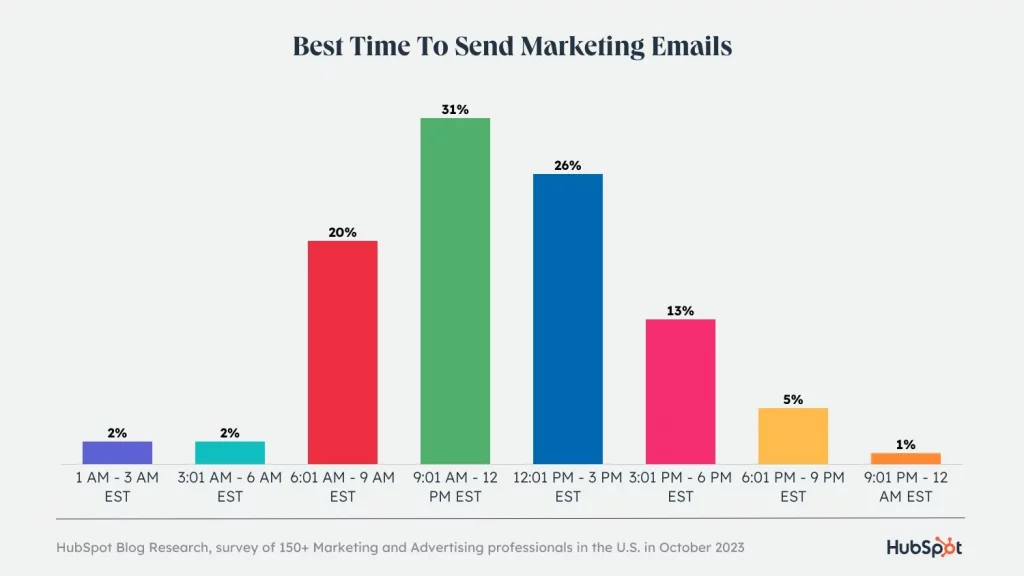
Top New Feature Announcement Emails of 2024:
1. Spotify: Utilizing Social Media for New Feature Announcements
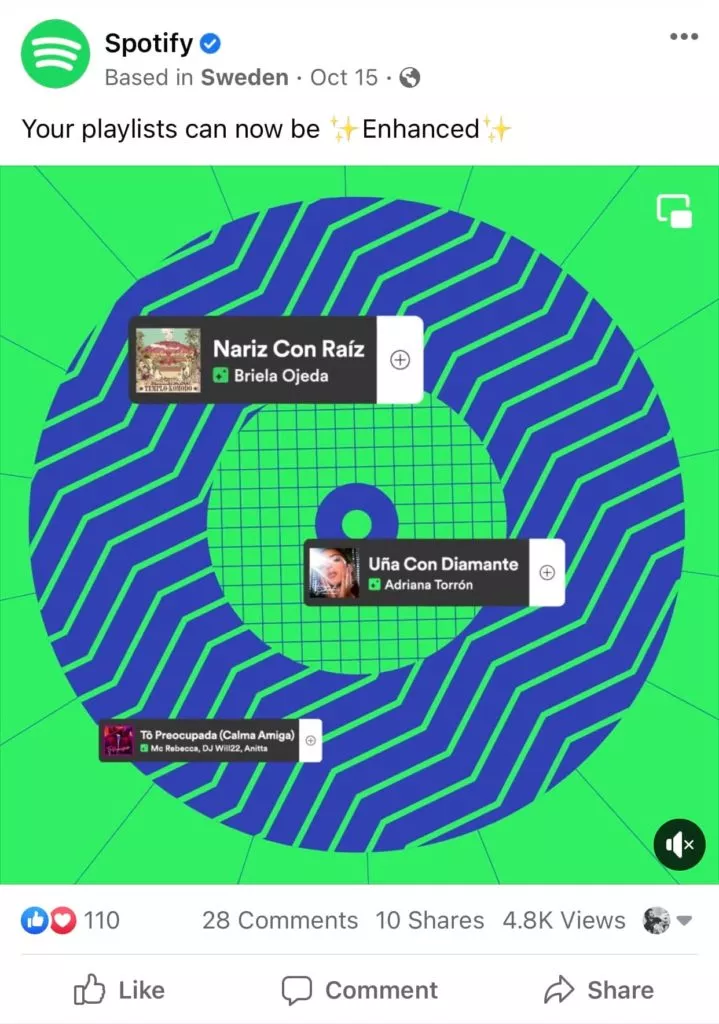
Social media serves as an excellent platform for informing your audience about the latest updates to your product. With a sizable following, your company’s social media channels become a direct line of communication with interested customers eager to learn about what’s new.
However, executing a new feature announcement on social media requires finesse. Without careful planning, it can quickly turn into a chaotic experience, detracting from the intended message. Spotify’s announcement of its Enhanced Playlist feature stands out as a prime example of how to effectively showcase new features on social media:
- Short Video: Spotify kept its announcement concise, fitting well within Facebook’s recommended duration for videos.
- Informative Copy: The video clearly explained the new features, ensuring viewers understood the updates.
- Visual Illustrations: Images within the video visually demonstrated where the new features were located within the interface, enhancing comprehension.
- Brand Identity: Spotify incorporated its brand colors and lively animations, maintaining consistency and reinforcing brand recognition.
- Engaging Content: The announcement was accompanied by exciting background music and concise post copy, complete with emojis, to captivate viewers’ attention.
By packaging the announcement as an exciting feature enhancement, Spotify effectively generated anticipation among its audience even before the new features were rolled out.
2. Facebook: Harnessing the Power of Blogs for Feature Announcements
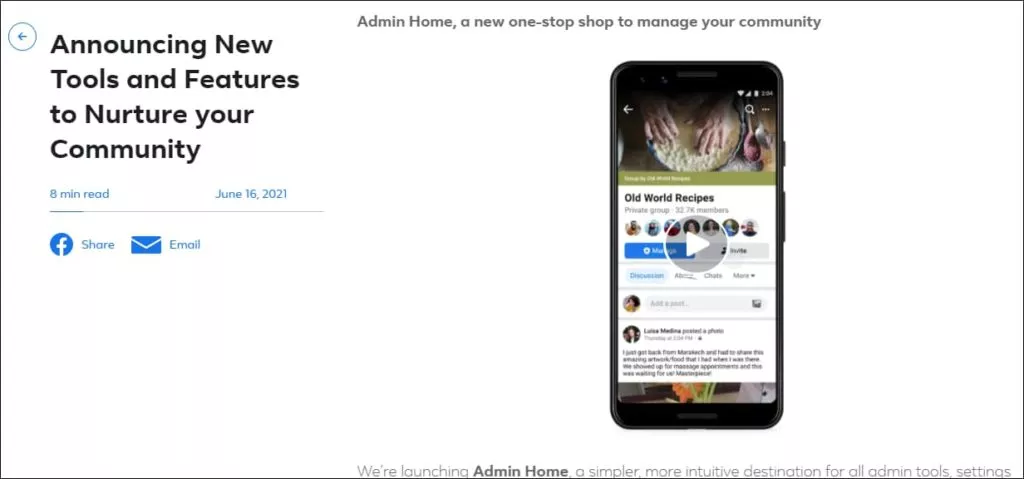
Blogs offer a versatile platform for delivering comprehensive information about new features, making them an ideal choice for announcements that require detailed explanations or helpful imagery.
Facebook, for example, effectively leverages its blog to introduce and explore the features of its new community-building tools. The blog post demonstrates several best practices for feature announcement blogs, including:
- Clear Text: Short paragraphs succinctly describe the functions of the new tools, ensuring clarity and ease of understanding.
- Instructional Videos: Simple videos provide step-by-step instructions on how to use the features, catering to both mobile and desktop users.
- Visual Aids: Supportive images complement the text, breaking up lengthy segments and enhancing readability.
- Shareability: Readers can easily share the blog post with their network via Facebook or email, amplifying its reach.
- Accessibility: The post includes the date of the announcement and estimates the time required for readers to consume the content, enhancing transparency and user experience.
3. Audienceful: Inspiring Collaboration Beyond Features
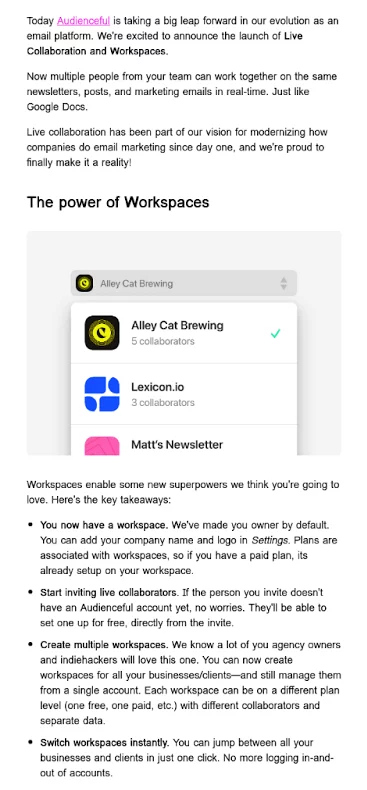
In product announcements, Audienceful stands out by inspiring collaboration beyond just showcasing features. Their approach, featured on Really Good Emails, transcends traditional feature-centric communication to foster a sense of teamwork and innovation among users.
- Empowering Collaboration: Audienceful’s email goes beyond technical specifications to highlight the potential for collective innovation. By emphasizing collaboration, they encourage users to explore new possibilities together.
- User-Centric Design: The email is designed with user-friendly language and a straightforward layout, making it easy for recipients to understand the message without being overwhelmed by technical jargon.
- Clear Value Proposition: Instead of focusing solely on features, Audienceful communicates the practical benefits of collaboration, showing users how working together can enhance their experience with the product.
4. Mailchimp: Direct Benefits Communication for Immediate Impact
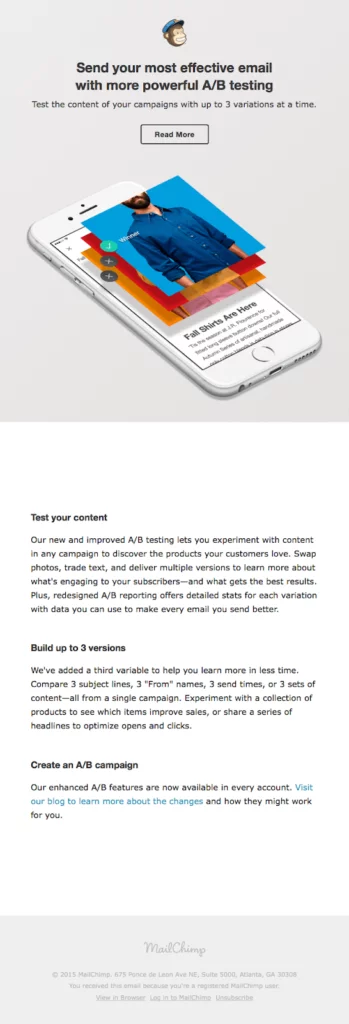
Mailchimp excels in delivering clear and concise communication, as evidenced by their announcement of the A/B testing feature. Featured on Really Good Emails, their email communicates direct benefits for immediate impact.
- Clarity and Simplicity: Mailchimp’s email breaks down the essence of A/B testing into concise sentences, avoiding technical jargon and focusing on practical benefits. This approach ensures that users understand the value of the feature at a glance.
- User-Focused Messaging: By emphasizing the benefits for users’ marketing campaigns, Mailchimp makes it easy for recipients to see the immediate impact of the new feature on their day-to-day work.
- No-Nonsense Communication: Mailchimp’s direct approach cuts through complexity, delivering a message that is easy to digest and emphasizes the tangible advantages of the feature for users.
5. Microsoft: Maintaining a Running List of New Features Using a Landing Page
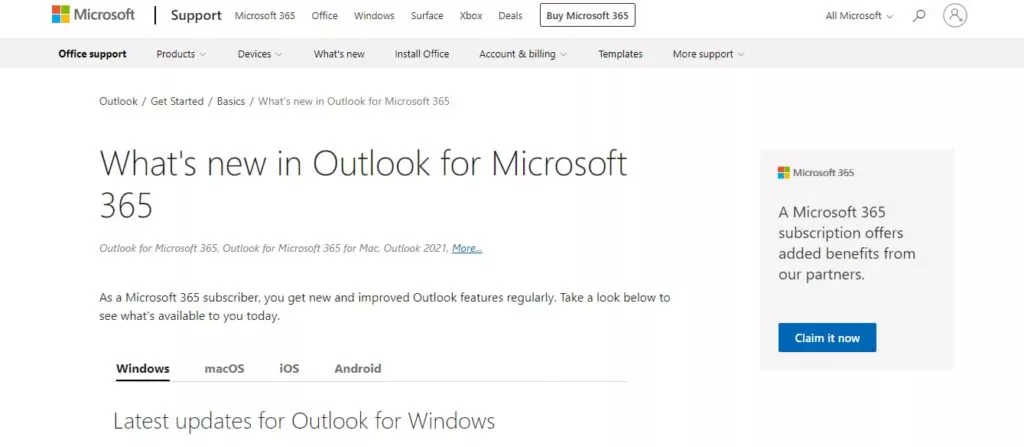
In certain scenarios, landing pages serve as an elevated platform for products with continuous feature updates. Microsoft’s strategy with their Outlook platform exemplifies this, utilizing a landing page to maintain a comprehensive list of new features.
- Streamlined Information: Microsoft’s landing page presents new feature details in a clear and organized manner, using drop-down menus to categorize updates by release month and year.
- Visual Clarity: Images and brief explanations accompany each new feature, ensuring clarity and accessibility for readers seeking detailed specifications.Conversion Focus: While serving as a resource for existing customers, the landing page also aims to convert prospective customers. A clear call-to-action (CTA) encourages readers to take action, aligning with the page’s purpose of driving conversions.
6. Zendesk: Eliminating Friction for Power Users with Guided Webinars
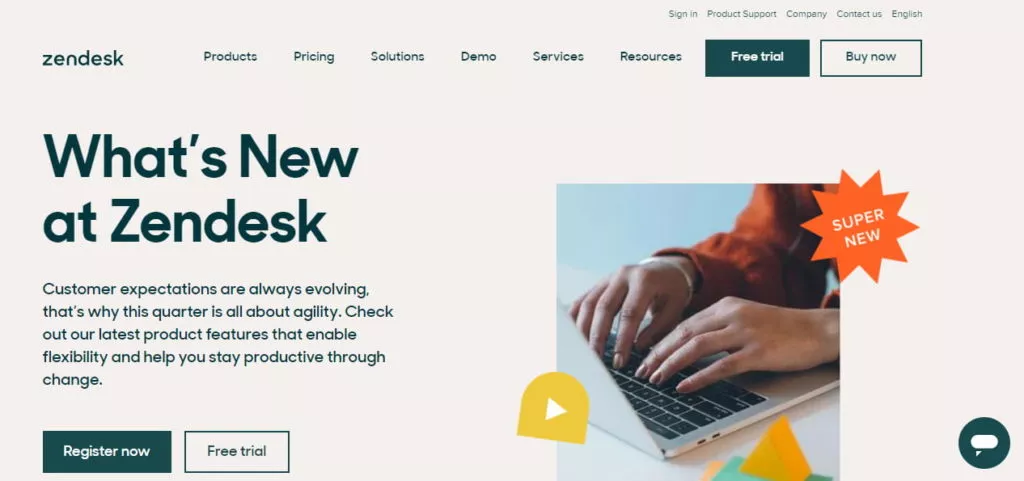
Zendesk recognizes the value of direct communication when it comes to educating users about new features. Their approach involves hosting guided webinars, providing a platform for interactive learning and addressing user concerns in real-time.
- What’s New Webinar: Zendesk’s quarterly webinar, aptly named “What’s New,” serves as a platform to unveil the latest features of its software.
- Spotlight Webinar: In addition to “What’s New,” Zendesk hosts a more detailed webinar called “Spotlight,” which delves deeper into specific features. This spotlight session not only provides in-depth explanations but also offers a glimpse into upcoming features, building anticipation and awareness among users.
- Targeted Approach: By inviting power users to priority webinars, Zendesk allows them to address concerns directly, turning potential anxieties into excitement.
- Quarterly Schedule: Zendesk’s commitment to hosting quarterly webinars ensures regular communication with users. While webinars require active promotion through email invites and social media posts, dedicated landing pages like Zendesk’s can enhance organic traffic and SEO visibility.
7. Venmo: Commanding Customer Attention with In-App Announcements
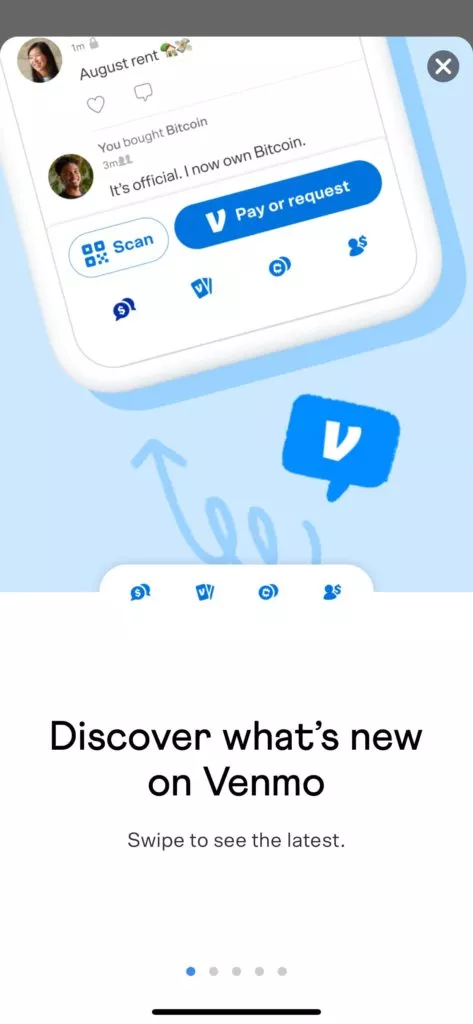
Venmo demonstrates the effectiveness of in-app announcements in engaging existing customers and driving feature adoption. By leveraging in-app messaging, Venmo ensures that users are informed about new features directly within the app environment.
- Strategic Messaging: Venmo’s in-app announcements are designed to be visually appealing, informative, and non-disruptive.
- User Guidance: In-app messages guide users to the location of the new features within the app, minimizing confusion and facilitating seamless adoption. This makes them particularly effective for announcing UI changes and updates.
- Targeted Communication: In-app messaging is tailored to active users, ensuring that relevant information reaches the right audience. While other channels may target prospective users, in-app announcements are aimed at engaging and retaining existing users.
8. Ahrefs: Embracing Dual Channels for Comprehensive Engagement
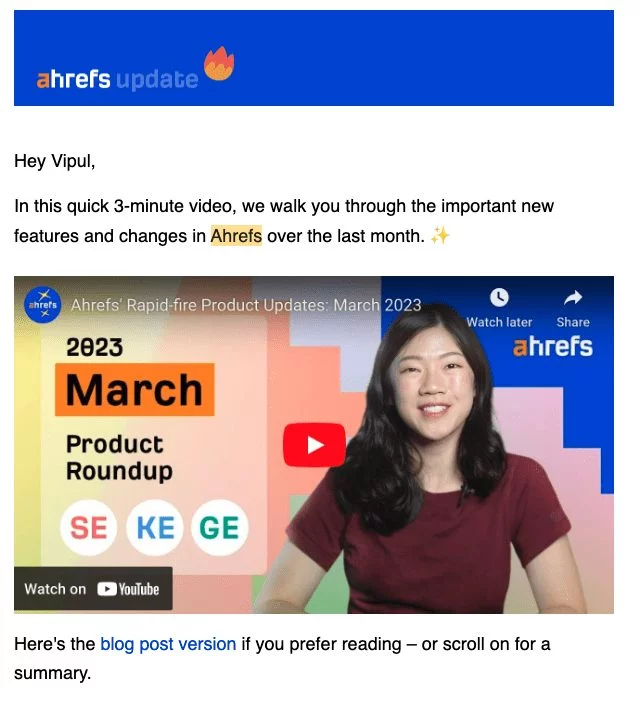
Ahrefs excels in announcing new features by acknowledging the diverse preferences of its audience. In their May 2023 product update, Ahrefs adopts a dual-channel strategy, leveraging both a captivating YouTube video embedded within the email and a detailed blog post. This comprehensive approach caters to users who seek quick visual overviews as well as those who desire in-depth specifics.
- Succinct Visual Content: The YouTube video is succinct yet impactful, catering to modern attention spans. Through vibrant visuals and dynamic narration, it effectively highlights key features, maximizing engagement within a limited timeframe.
- User-Centric Approach: Ahrefs understands and respects the user’s journey by recognizing that some users may prefer immediate video consumption, while others may opt to revisit the blog later. This thoughtful strategy enhances user experience and enjoyment
- Seamless Integration: Ahrefs seamlessly integrates these channels into their user communication, ensuring a smooth transition from email to video or blog.
9. ClickUp: Harnessing Visual Simplicity for User Familiarity
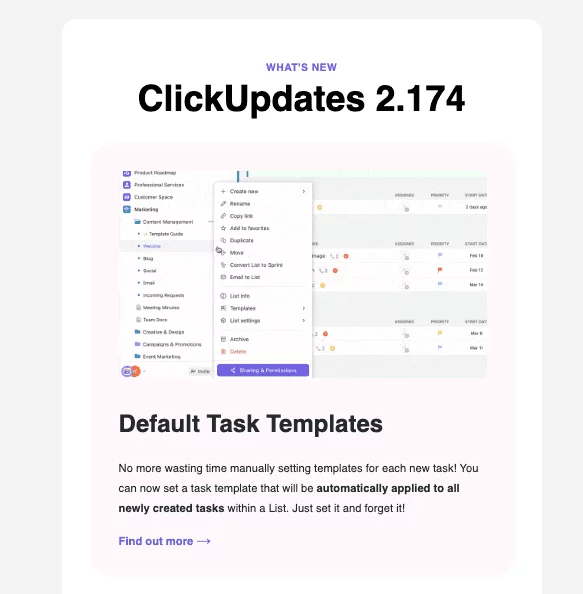
ClickUp demonstrates the power of simplicity and familiarity in delivering effective messages, exemplified by their announcement of the new default templates feature. Rather than inundating users with extensive explanations, ClickUp opts for a single, well-chosen image that showcases the feature in action.
- Familiarity: ClickUp leverages users’ familiarity with the platform by presenting a single image of the feature in use. This instantly resonates with existing users, facilitating easier understanding and adoption.
- Minimalistic Approach: By incorporating minimal accompanying text, ClickUp ensures clarity without overwhelming the reader. This approach reduces cognitive load and makes feature adoption feel natural and seamless.
- Balanced Presentation: ClickUp strikes a balance between engagement and subtlety with their approach, inviting users to envision the new feature within their workflow. By seamlessly integrating innovation into the user experience, ClickUp fosters continuity and ease of use.
Conclusion: Knock Your Next Feature Announcement Out of the Park
Announcing new features isn’t just about making noise—it’s about effectively communicating value and driving excitement among users. Whether through guided webinars or in-app messages, companies like Zendesk and Venmo demonstrate the importance of clear, targeted communication in facilitating feature adoption. With strategic messaging and user-focused approaches, these companies pave the way for successful feature rollouts and enhanced user experiences.
FAQs on New Feature Announcement Emails:
What should I do if users have questions or concerns about the new features?
If users have questions or concerns about the new features, it’s important to be responsive and provide timely support. This can include offering live chat support, creating a dedicated FAQ section, or hosting webinars or Q&A sessions.
How can I leverage user feedback to improve the new features?
User feedback is invaluable for improving new features. Encourage users to share their thoughts, suggestions, and experiences with the new features, and use this feedback to iterate and enhance the features over time.
What should I do after the initial announcement to ensure continued engagement with the new features?
After the initial announcement, it’s important to continue nurturing user engagement with the new features. This can involve follow-up emails with tips or best practices, ongoing communication about updates or improvements, and creating opportunities for users to share their experiences with others.



